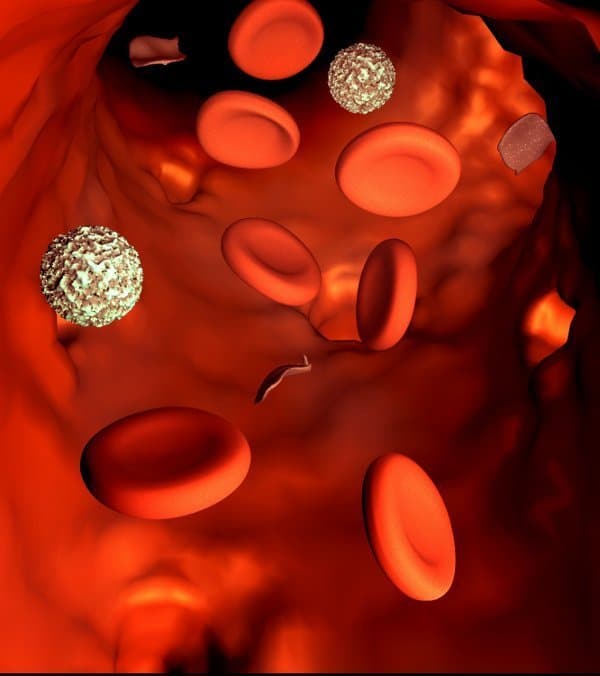Tennis elbow presents as a pain and stiffness originating at the outside of the elbow. Approximately 10 million Americans suffer with tennis elbow annually. It is a self-limiting disease, meaning that symptoms will eventually resolve on their own. The disease course usually runs 12-16 months. Traditional treatment methods have done little to reduce the course of disease, but recent developments in regenerative medicine show promising results with PRP injections.
Tennis Elbow Etiology and Treatment Review

Tennis elbow, also known as lateral epicondylitis, is commonly associated with racquet sports, but can affect anyone who undergoes repetitive gripping of the thumb and first two fingers. The muscle that extends and abducts the wrist is stressed if gripping activities are accompanied by force, as with swinging a racquet, manual labor, or factory work. The Extensor Carpi Radialis Brevis (ECRB) is the muscle most commonly involved in epicondylitis. The stress of repetitive motion results in micro-traumas at the lateral epicondyle where the ECRB inserts.
There is no consensus regarding the most effective course of treatment for lateral epicondylitis. Traditional treatment options such as eccentric exercise, non-steroidal anti-inflammatory (NSAIDs) drugs and corticosteroid injections fall short of curing the condition. There is little evidence to show that eccentric exercise is more effective than other forms of physiotherapy such as concentric exercise, stretching, splinting, or massage.¹ Corticosteroid injections may provide short term pain relief, but are less effective than physical therapy at 12 weeks.² In one study, watchful waiting was shown to be more effective than corticosteroid injections at 52 weeks,³ suggesting that these injections may inhibit the long term healing potential of lateral epicondylitis. NSAIDs are commonly prescribed to alleviate pain, though recent research has revealed that inflammation has little to do with the etiology of tendinopathies like lateral and medial epicondylitis. It is not surprising that researchers find no significant difference in pain or function when comparing NSAIDs to placebo.⁴
Platelet Rich Plasma Injections for Lateral Epicondylitis
Clinicians hoping to shorten the duration of lateral epicondylitis are turning to platelet rich plasma therapy facilitate the repair of micro-traumas associated with repetitive use. A 2011 comparative study followed 100 patients for two years after administering a single corticosteroid injection or a single platelet rich plasma injection. Researchers assessed pain outcomes with the visual analogue scale (VAS) and functionality with the Disabilities of the Arm, Shoulder and Hand (DASH) questionnaire. They found a significant reduction in pain and improvement in functionality for the group receiving PRP injections.⁵
Platelet Rich Plasma Injections Compared to Whole Blood
Another study compared PRP injections with autologous whole blood. Twenty-eight patients were randomized to receive a single 3 ml injection of either whole blood or platelet rich plasma. To prepare the PRP researchers drew 27 ml of blood in the presence of an anticoagulant. Whole blood was centrifuged at 3200 rpm for 15 minutes to isolate 3ml of leukocyte rich PRP. The PRP was injected with a peppering technique. Rather than adding an activator, researchers relied on local collagen to activate the platelets. Pain was assessed according to the VAS scale and functionality with the Liverpool elbow score. The study found statistically significant improvements for the PRP group at the 6-week follow up.⁶
Regenerating Tissues with PRP
The regeneration of damaged tissues occurs as platelets release growth factors at the site of injury. Platelets are non-nucleated fractions of cytoplasm. Megakaryocytes, cells located in your bone marrow, manufacture platelets to spread throughout your bloodstream. Their primary role is to coagulate blood, and direct surrounding cells to increase cell migration and proliferation at the site of damaged tissue, such as a skin opening or internal trauma. The platelets release growth factors like platelet derived growth factor, fibroblast growth factor, and connective tissue growth factor, at the injury which initiate a healing cascade.⁷
Leukocyte Rich Versus Pure PRP
It’s interesting that the researchers in the later study chose to utilize leukocyte rich PRP. Leukocytes are known to increase catabolic and inflammatory effects on tendon cells. Some researchers hypothesize leukocyte rich PRP could slow the tenon healing process.⁸ Leukocytes would be more beneficial in the presence of an open wound where inflammation would defend the patient against infection.⁹

References
- Woodley, B., Newsham-West, R., Baxter, G., Kjaer, M. and Koehle, M. (2018). Chronic tendinopathy: effectiveness of eccentric exercise.[ncbi]
- Olaussen M, Holmedal O, Lindbaek M, et al Treating lateral epicondylitis with corticosteroid injections or non-electrotherapeutical physiotherapy: a systematic review BMJ Open 2013;3:e003564. doi: 10.1136/bmjopen-2013-003564.[ncbi]
- Sims SEG, Miller K, Elfar JC, Hammert WC. Non-surgical treatment of lateral epicondylitis: a systematic review of randomized controlled trials. Hand (New York, NY). 2014;9(4):419-446.[ncbi]
- Taylor SA, Hannafin JA. Evaluation and Management of Elbow Tendinopathy. Sports Health. 2012;4(5):384-393. doi:10.1177/1941738112454651.[ncbi]
- Gosens T, Peerbooms JC, Van laar W, Den oudsten BL. Ongoing positive effect of platelet-rich plasma versus corticosteroid injection in lateral epicondylitis: a double-blind randomized controlled trial with 2-year follow-up. Am J Sports Med. 2011;39(6):1200-8.[ncbi]
- Thanasas C, Papadimitriou G, Charalambidis C, Paraskevopoulos I, Papanikolaou A. Platelet-rich plasma versus autologous whole blood for the treatment of chronic lateral elbow epicondylitis: a randomized controlled clinical trial. Am J Sports Med. 2011;39(10):2130-4.[ncbi]
- Dhurat R, Sukesh M. Principles and Methods of Preparation of Platelet-Rich Plasma: A Review and Author’s Perspective. Journal of Cutaneous and Aesthetic Surgery. 2014;7(4):189-197. doi:10.4103/0974-2077.150734.[ncbi]
- The differential effects of leukocyte-containing and pure platelet-rich plasma (PRP) on tendon stem/progenitor cells – implications of PRP application for the clinical treatment of tendon injuries. Stem Cell Res Ther. 2015; 6(1): 173.[ncbi]
- Applications of Leukocyte- and Platelet-Rich Plasma (L-PRP) in Trauma Surgery. Current Pharmaceutical Biotechnology. 2011;13(7):1173-84.[ncbi]

Get an Instant Quote:
*We Typically Call Within 15 Minutes!





